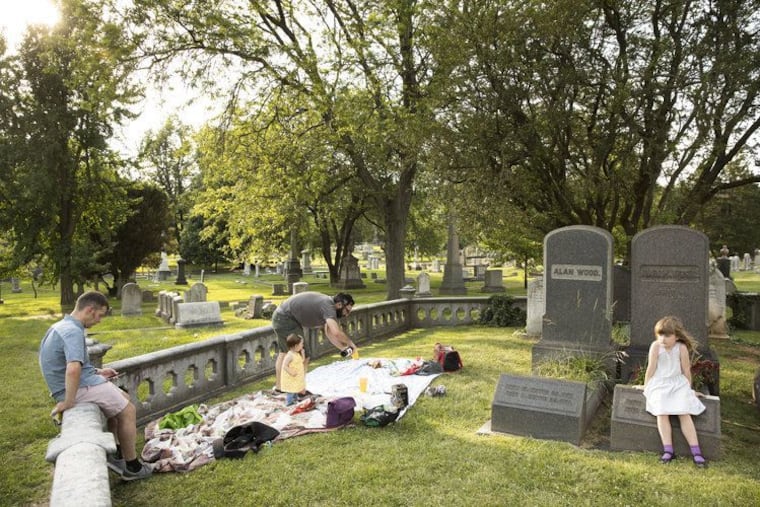To bring in new blood, historic cemeteries get creative with yoga, dog walks, and picnics
Once considered public green spaces, Laurel Hill and other historic cemeteries are returning to their Victorian roots.

Once considered public green spaces, Laurel Hill and other historic cemeteries are returning to their Victorian roots.
